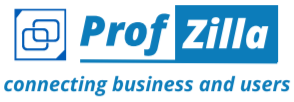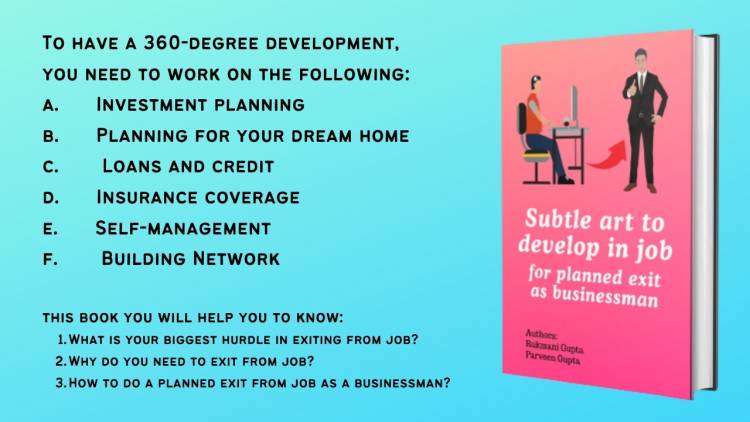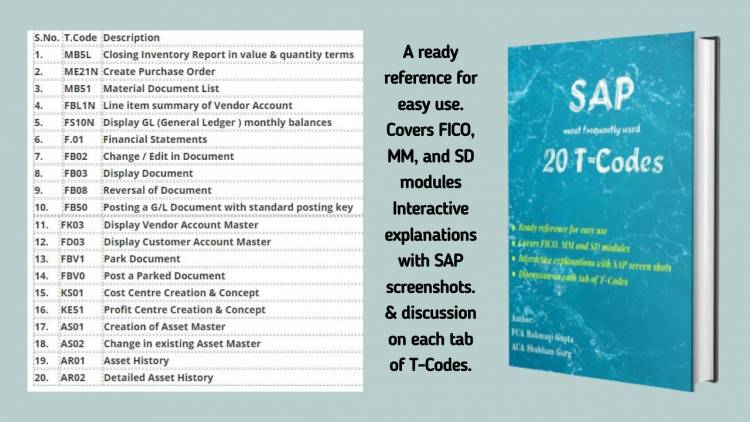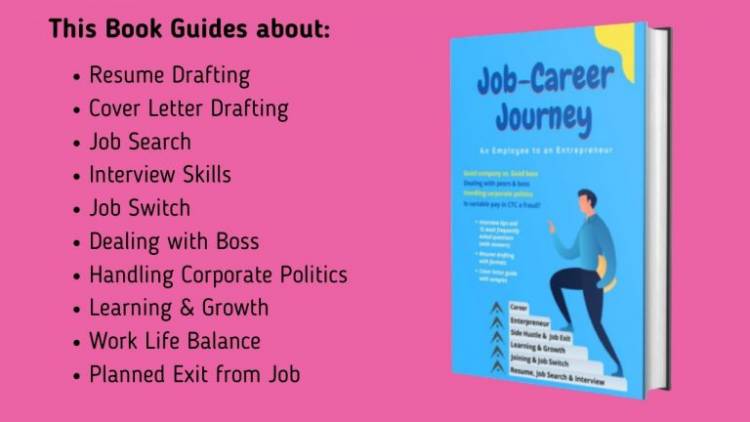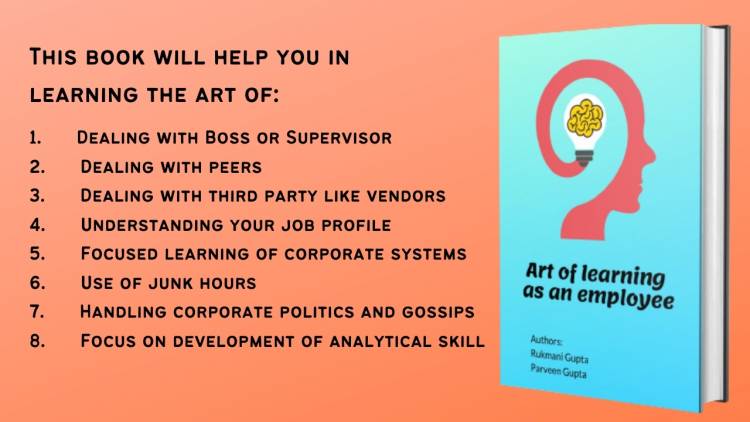Basics Of Trade Marks
Basics Of Trade Marks
A trademark could be a recognizable badge, phrase, word, or image that denotes a selected product and lawfully differentiates it from all alternative product of its kind. A trademark solely identifies a product as happiness to a selected company and acknowledges the company's possession of the complete. Similar to a trademark, a "service mark" identifies and distinguishes the supply of service instead of a product, and therefore the term “trademark” is usually accustomed discuss with each emblem and repair-marks. They are usually thought of a type of intellectual property.
Why Use a Trademark?
Whether it is individuals/ firms/ corporate they have unique products or services. They are trademarked to ensure safety. With the help of the trademark, we can protect the uniqueness of our product or service. Each country has dedicated laws to protect the uniqueness and stop infringement.
Trademark Registration Process:
Step 1: Trademark Search:
We have to first do a trademark search. This is done to cross-check whether the selected trademark is already in use or not. We can search it online and offline. It is always advisable to do both the searches to ensure uniqueness of the trademark. A trademark agent or attorney conducts this search with the Trademark Office. Once the trademark is unique we can proceed to the next step. If the trademark resembles, due changes have to be made.
Step 2: Make the Trademark Application:
After finding and searching for a unique trademark name, an application will have to be made. For filing Trade Mark application following details are required:
1. The name, address and nationality of the applicant.
2. A list of goods and/or services for which registration is required.
3. Soft copy of the trademark to be registered.
4. If the mark contains or consists of non-English words, a translation of those words into English is required.
5. If the application is to claim priority from an earlier filed convention application, details of that application is also required
(application number, filing date, country and goods/services).

A certified priority document or its duly notarized copy is to be submitted. If the certificate is not in English, a certified/notarized
English translation is also required. If it is not readily available, the application can be filed based on the basic application number,
date of the application and country of the application. A copy of the priority document can be submitted within 1 month
from the filing date of the application.
6. Date of first use of the trademark in India, if at all used
7. Power of attorney simply signed by the applicant (no legalization or notarization is required). For Indian clients, power of attorney to
be executed in Rs. 100 stamp paper and signed by the applicant. The power of attorney is not required at the time of lodging the
application and can be submitted later with no additional cost.
Trademark registration in India is valid for 10 years at a time and is renewable indefinitely.
Govt. fees for filing Trade Mark application is Rs. 4500/-
After making Payment you will get the receipt as shown below:
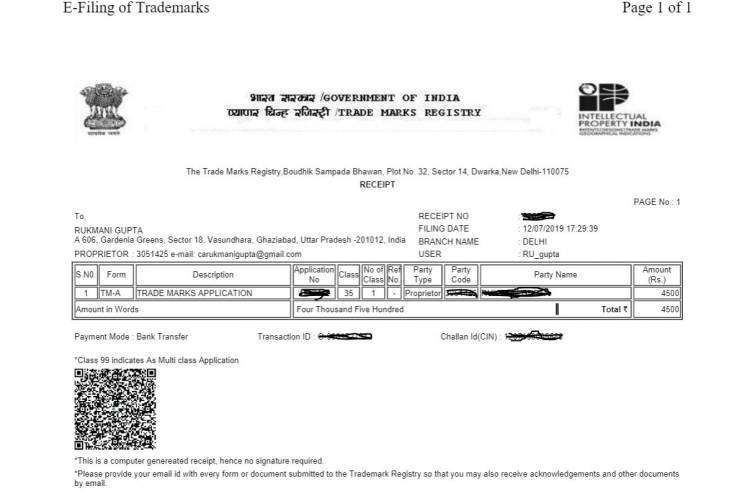
And after that you can search the application online, as shown below:
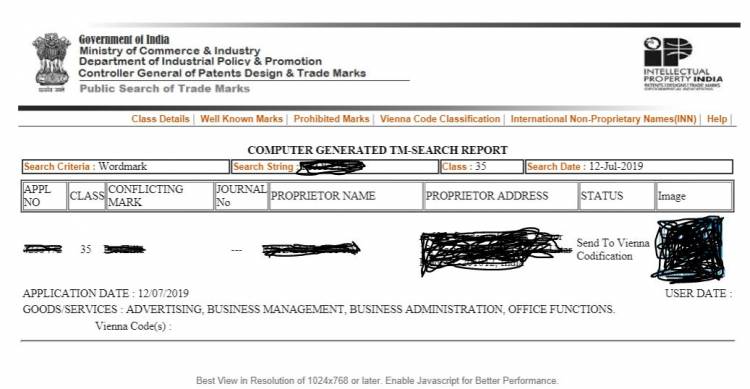
If the Trade Mark Registrar finds an objection for registration of a trademark, the applicant shall resubmit a written reply for the same. He or she should enumerate the reasons and facts as to why the trademark registration should be done. If the Examiner finds the reply deemed fit it will be published in the trademark journal before registration.
Step 3: Trademark Journal:
The Trademarks officer will cross-check your application. If it is not unique an objection will be raised. If there is no objection raised by the officer, an advertisement in the Trade Marks Journal.
Step 4: Trademark Registration:
If there is no disagreement from other businesses in four months, the trademark is registered around six months later.
- We have to select and authorize a trademark agent or attorney to represent.
- The trademark attorney carries out a search.
- If the result of the search is unique the trademark attorney will draft the trademark application. If otherwise, the trademark should be changed.
- Later he will file the trademark application with the Trademark Office a receipt for the same will be obtained.
- After filing with the Trademark Office, the trademark attorney will send the Original Representation Sheet.
- Timespan taken by the trademark office to decide may range from 18 months to 2 years if there are no objections. If there are objections the time span may extend longer.
- Later it is published in Trademark Journal.
Advertisement
Even before the application is registered in certain cases the trademark registrar advertises the Trademark. This is only done in exceptional cicumstances. This is meagre in number. Generally, it is only published after approval.
Meaning of mainly used Trade Mark Symbols
The “®” symbol is used to inform consumers and future applicants who are willing to apply for new Trade Mark that their sign is a registered trademark. It is generally placed on the right-hand side of the trademark, superscripted, and in a smaller type size than the size of Trade Mark.
While “™” signifies that the mark is not yet registered but is in use by the company and application for registration of Trade Mark is under consideration.
Publishing on the Internet
Now as everything is digitalized, it is not mandatory for publishing the trademark in the paper, electronic media may also be adopted. Irrespective of the media, once published the trademark is considered to be advertised. The Trademark Act has provisions stating the same. The date trademark is published in quite important. It is used to calculate the opposition filing etc. Generally, the allotted period is 3 months. Anyone can file the opposition.
Defective Advertisement
The main aim of advertising the trademark is to let know the public aware of all the information relating to the trademark. If the advertisement gives fake information or incomplete information the public has due right to revert against the same. In such cases, the publisher has to re-advertise. This will cancel the original advertisement.
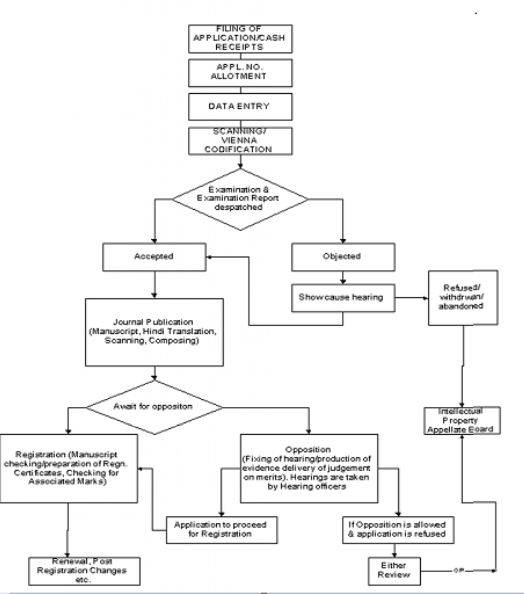
Trademark Classes

When we make a Trademark application we have to select the class under which the trademark belongs to. There are 45 different classes. This is as per the NICE classification. These classes stand for various goods and services. We should be careful while choosing the trademark class. If we choose the wrong class we may lose the benefit of legal protection under the Trademark Act. If the business falls under two different categories, the applicant can mention both the classes.
Let us see the classes in detail:
|
S. No. |
DESCRIPTION |
|
1 |
Chemical used in industry, science, photography, agriculture, horticulture and forestry; unprocessed plastics; chemical substances for preserving foodstuffs; |
|
2 |
Paints; varnishes; preservatives against rust and against deterioration of wood; colourants; metals in foil and powder form for painters; decorators; printers and artists; |
|
3 |
Bleaching preparations and substances for laundry use; cleaning; polishing; abrasive preparations; soaps; perfumery, essential oils, cosmetics, hair lotions; |
|
4 |
Industrial oils and greases; lubricants; dust absorbing, wetting and binding compositions; fuels (including motor spirit) and illuminants; candles, wicks; |
|
5 |
Pharmaceutical, veterinary and sanitary preparations; dietetic substances adapted for medical use, food for babies; disinfectants; fungicides, herbicides; |
|
6 |
Common metals and their alloys; metal building materials; small items of metal hardware; pipes and tubes of metal; goods of the metal not included in other classes; |
|
7 |
Machines and machine tools; machine coupling and transmission components; agricultural implements other than hand-operated; incubators for eggs; Machines and machine tools; machine coupling and transmission components; agricultural implements other than hand-operated; incubators for eggs; |
|
8 |
Hand tools and implements (hand-operated); cutlery; side arms; razors |
|
9 |
Scientific, electric, photographic, measuring, apparatus for recording, transmission or reproduction of sound or images; data processing equipment and computers; |
|
10 |
Surgical, medical, dental and veterinary apparatus and instruments, artificial limbs, eyes and teeth; orthopaedic articles; suture materials; |
|
11 |
Apparatus for lighting, heating, steam generating, cooking, refrigerating, drying ventilating, water supply and sanitary purposes |
|
12 |
Vehicles; apparatus for locomotion by land, air or water. |
|
13 |
Firearms; ammunition and projectiles; explosives; fireworks |
|
14 |
Precious metals and their alloys and goods in precious metals; jewellery, precious stones; horological and other chronometric instruments |
|
15 |
Musical instruments |
|
16 |
Paper, cardboard and goods made from these materials; printed matter; stationery; brushes; typewriters and office requisites; plastic materials for packaging; |
|
17 |
Rubber, asbestos, mica and goods made from these materials; plastics in extruded form for use in manufacture; packing, stopping and insulating materials; flexible pipes; |
|
18 |
Leather and imitations of leather; animal skins, hides, trunks and travelling bags; umbrellas, parasols and walking sticks; whips, harness and saddlery; |
|
19 |
Building materials, (non-metallic), non-metallic rigid pipes for building; asphalt, pitch and bitumen; non-metallic transportable buildings; monuments, not of metal. |
|
20 |
Furniture, mirrors, picture frames; goods of wood, cork, reed, cane, wicker, horn, bone, ivory, whalebone, shell, amber, mother-of-pearl, meerschaum or of plastics |
|
21 |
Household or kitchen utensils and containers; combs and sponges; articles for cleaning purposes; unworked or semi-worked glass; glassware and earthenware; |
|
22 |
Ropes, string, nets, tents, awnings, tarpaulins, sails, sacks and bags, padding and stuffing materials(except rubber or plastics); raw fibrous textile materials |
|
23 |
Yarns and threads, for textile use |
|
24 |
Textiles and textile goods, not included in other classes; bed and table covers. |
|
25 |
Clothing, footwear, headgear |
|
26 |
Lace and embroidery, ribbons and braid; buttons, hooks and eyes, pins and needles; artificial flowers |
|
27 |
Carpets, rugs, mats and matting, linoleum and other materials for covering existing floors; wall hangings(non-textile) |
|
28 |
Games and playthings, gymnastic and sporting articles not included in other classes; decorations for Christmas trees |
|
29 |
Meat, fish, poultry and game; meat extracts; preserved, dried and cooked fruits and vegetables; jams, fruit sauces; eggs, milk and milk products; edible oils and fats |
|
30 |
Coffee, tea, cocoa, sugar, rice, tapioca, sago; bread, pastry and confectionery, ices; honey, treacle; yeast, baking powder; salt, mustard; vinegar; spices; ice |
|
31 |
Agricultural, horticultural and forestry products and grains; live animals; fresh fruits and vegetables; seeds, natural plants and flowers; foodstuffs for animals, malt |
|
32 |
Beers, mineral and aerated waters, and other non-alcoholic drinks; fruit drinks and fruit juices; syrups and other preparations for making beverages |
|
33 |
Alcoholic beverages(except beers) |
|
34 |
Tobacco, smokers' articles, matches |
|
35 |
Advertising, business management, business administration, office functions. |
|
36 |
Insurance, financial affairs; monetary affairs; real estate affairs. |
|
37 |
Building construction; repair; installation services. |
|
38 |
Telecommunications. |
|
39 |
Transport; packaging and storage of goods; travel arrangement. |
|
40 |
Treatment of materials. |
|
41 |
Education; providing of training; entertainment; sporting and cultural activities. |
|
42 |
Scientific, design and technical services; industrial analysis and research services; design and development of computer hardware and software. |
|
43 |
Services for providing food and drink; temporary accommodation. |
|
44 |
Medical services, veterinary services, hygienic and beauty care for human beings or animals; agriculture, horticulture and forestry services. |
|
45 |
Legal services; security services for the protection of property and individuals; personal and social services rendered by others to meet the needs of individuals. |
Penalty for Trademark Infringement in India
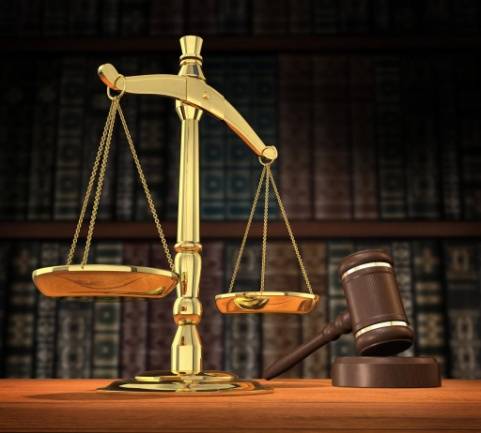
Once we register our trademark, we get the protection of the trademark act. No will be allowed to copy our trademark. If any infringement is found, due penalties have to be paid. Infringement means copying of trademark which makes it is similar or likely to cause confusion. When any of the above copying is done, the person who copies is penalized.
Below are the types of infringements that are generally found:
- Applying for false or unauthorized trademark - a person is punishable with imprisonment for a term which shall not be less than six months but which may extend to three years and with fine which shall not be less than fifty thousand rupees but which may extend to two lakh rupees.
- Selling goods with a false trademark - is punishable with imprisonment for a term of not less than six months and up to three years. A fine can also be levied to an amount of not less than rupees fifty thousand to a maximum of rupees two lakhs.
- Falsely claiming trademark registration - is punishable with imprisonment for a term which may extend to three years or with fine, or both.
Cases in Trademark:
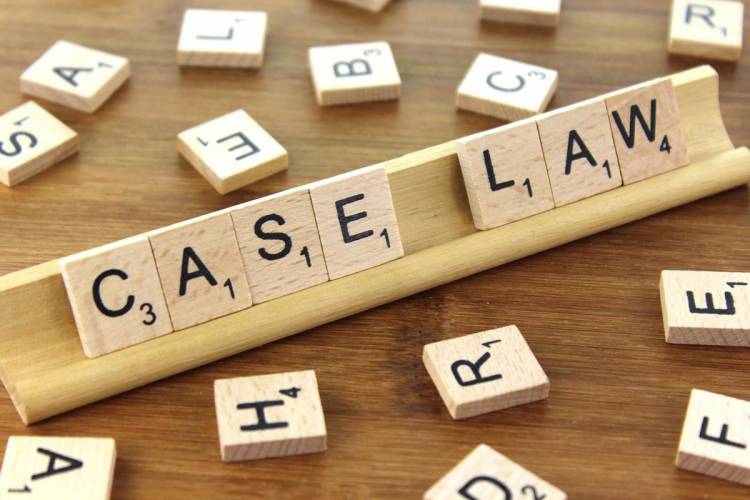
- 1. The battle began when Cadbury’s in April 2005 filed an injunction in Ahmedabad high court seeking to restrain the use of the trademark Eclairs by ITC against its product called Candyman Eclairs.
- In a win for ITC Ltd, the Intellectual Property Appellate Board (IPAB) said that Cadbury India is no longer the owner of three trademarks containing the word Eclairs.
- The three trademarks—Chocolate Éclairs, Orange flavoured chocolate éclairs and Chocolate Eclairs pop—were ordered to be removed from the trademarks registry as the patent board found that Cadbury could not provide evidence showing the use of the three trademarks after they were registered.
- The implication of this order is that Cadbury can no longer claim to be the owner of the trademarks, which means Cadbury in the future cannot hold anyone for infringement of these marks
- 2. Dairy major Amul of Gujarat has won a trademark dispute with a milk producers’ co-operative union in West Bengal, which sought to market a brand of milk named ‘Imul’.
- The Intellectual Property Appellate Board (IPAB) has set aside an order of the Registrar of Trademark, Kolkata, registering the trademark ‘Imul’, holding that it is deceptively similar to Amul.
- The judges said The marks are no doubt phonetically similar, except for first letters a and i. When we consider the marks to be deceptively similar, the possibility of confusion is certain. The trademark, therefore, shall not proceed to registration.”
 Download APP
Download APP